There’s a famously untranslatable expression in Virgil’s Aeneid: lacrimae rerum. Latin scholars, always fond of threshing things out, have devoted reams of analysis to proving just how untranslatable it is. As is typical of academics, however, they go to lots of trouble to establish its utter untranslatability – and then turn around and translate it anyway.
When pumpkins aren’t being cozy, they generally denote a sense of emptiness or artifice
Word for word, lacrimae rerum means “The tears of things” (or, depending on your school of thought, “The tears for things.”) But each scholar has his slant on the sadness. “The pathos of life,” says Kenneth Clark; “There are tears at the heart of things,” says Seamus Heaney; “Even here tears fall for men’s lot, and mortality touches the heart,” says Ronald Austin.
Though the phrase is difficult, the meaning is not. Some supposedly inanimate things really and truly have tears. I’ve seen them. It was in a not-particularly fancy Italian vegetable market, in the wintertime, snow on the ground and most of the Italians gone for the season. The outdoor stands were all empty, but you could go in and buy groceries from the enclosed space within. Inside, as you wandered among the canned beans and little bags of arborio rice, a clear dust curtain partially covered a door into a kind of greenhouse area. In there you could see empty tables covered in old pallets and wire baskets heaped into a corner.
And toward the back, lying limply on racks, there they were, the tears of things. They were enormous pumpkins from the previous fall. They’d clearly been frozen and thawed in more than a few frosts, and their immense bulk sagged down between the bars. Their orange skins were faded to brown and gray; their stems were rhinoceros hide. Yet amid their decrepitude they retained a kind of unexpected nobility. It’s hard to say why. Perhaps it was their dignity in adversity. Perhaps it was just that you could still tell they had once been beautiful prize pumpkins.
It was cold out in the greenhouse area, and all other plants and vegetables were long gone. It was just me and these strange pumpkins. I didn’t know what to do, and so as a good member of my generation, I took some pictures. When I looked at them later, they seemed a bit macabre. But at the time, macabre didn’t enter into it. It was mostly a kind of awe-inspiring sadness that these monumental pumpkins, left to freeze and thaw in a (temporarily abandoned) greenhouse, probably to be hurled on to the compost pile in spring, somehow still mattered – and nobody knew about it but me.
All I know is, if things can have tears, those pumpkins had tears. But can you imagine a more incongruous notion than a tearful pumpkin? Tears from a terrified onion, sure. Tears from a slighted tomato or string bean, maybe. But pumpkins? Pumpkins are festive, jolly, friendly things. They grimace jovially on doorsteps and are turned into pies and spiced lattes and comforting fall soups. Who are they to know the sorrow of the world?
Surely a vegetable has more life in it than a stone. But even stones, when all others are silent, can cry out
They are unlikely mourners and unlikely heroes. When pumpkins aren’t being cozy, they generally denote a sense of emptiness or artifice – Cinderella’s coach turns out to be only a pumpkin, as does the show-stopping projectile in Washington Irving’s The Legend of Sleepy Hollow. And Nathaniel Hawthorne’s epitome of shallowness, Feathertop, is a scarecrow with a pumpkin head brought to life by a witch. Yet beneath improbable surfaces heroism can lurk. Feathertop has his moment of truth when he glimpses his real features in a mirror and in that moment displays more greatness of heart – as his author scathingly remarks – than “thousands upon thousands of coxcombs and charlatans in the world, made up of just such a jumble of worn out, forgotten and good-for-nothing trash,” who still “live in fair repute and never see themselves for what they are. And why should my poor puppet be the only one to know himself and perish for it?”
And a pumpkin took on a starring role in modern history when ex-communist Whittaker Chambers picked one from his garden, cut off the top and scooped out the seeds, put three rolls of microfilm wrapped in wax paper inside, put the top back on, and set it carefully back in its patch. He feared that the documents, which incriminated his earlier associate Alger Hiss as a communist spy, might be stolen before they could be turned over to congressional investigators. But the pumpkin, lying innocently among its fellows, kept the evidence safe until Chambers could return 24 hours later with government representatives, who took it into their care. When revealed, this cache became known as the “Pumpkin Papers.”
The pumpkin almost wasn’t there. The Chambers family had not planted pumpkins that year; this was a volunteer seedling that had come up in the strawberry bed from a previous year’s planting. They let it stay, because they liked the look of the vines. The plant took over the patch and was covered in pumpkins, still green when Chambers came looking for one.
Chambers almost wasn’t there either. His memoir Witness reveals a sensitive man, driven almost to breaking point not only by the pressure of the Hiss case, but by anguish at exposing his former friends. Severely tempted to destroy both the evidence and himself, he made the pumpkin into the concrete symbol of his realization that if someone like him could somehow keep fighting evil, there was hope for the world – because it meant anyone could. Ultimately the pumpkin reignited the stalled Hiss case and dealt a heavy blow to communism in America.
Lacrimae rerum, the tears of things: when Aeneas speaks this phrase, he is looking at murals depicting the Trojan war, the deeds of dead friends and long-ago tragedies. But though the war is finished, the meaning of what has happened still permeates the physical world. Surely a vegetable has more life in it than a stone. But even stones, when all others are silent, can cry out.
This article was originally published in The Spectator’s October 13, 2025 World edition.



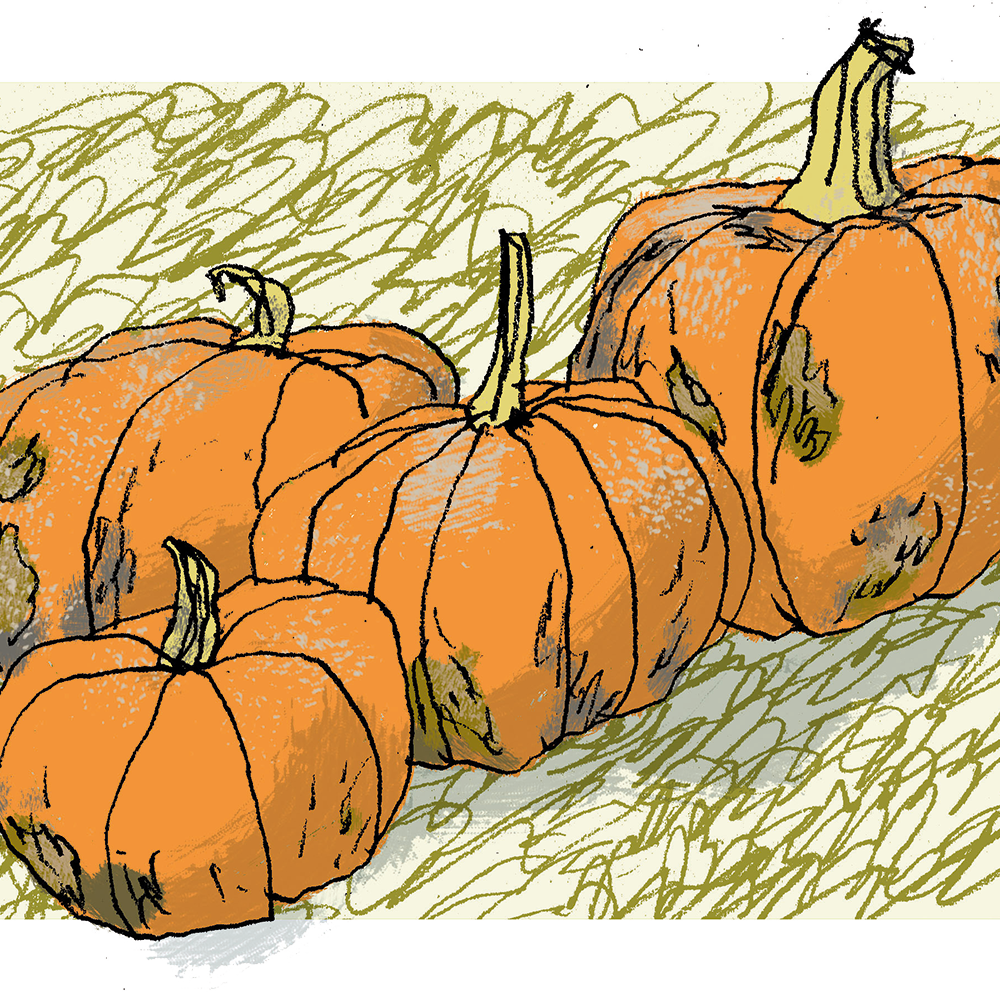






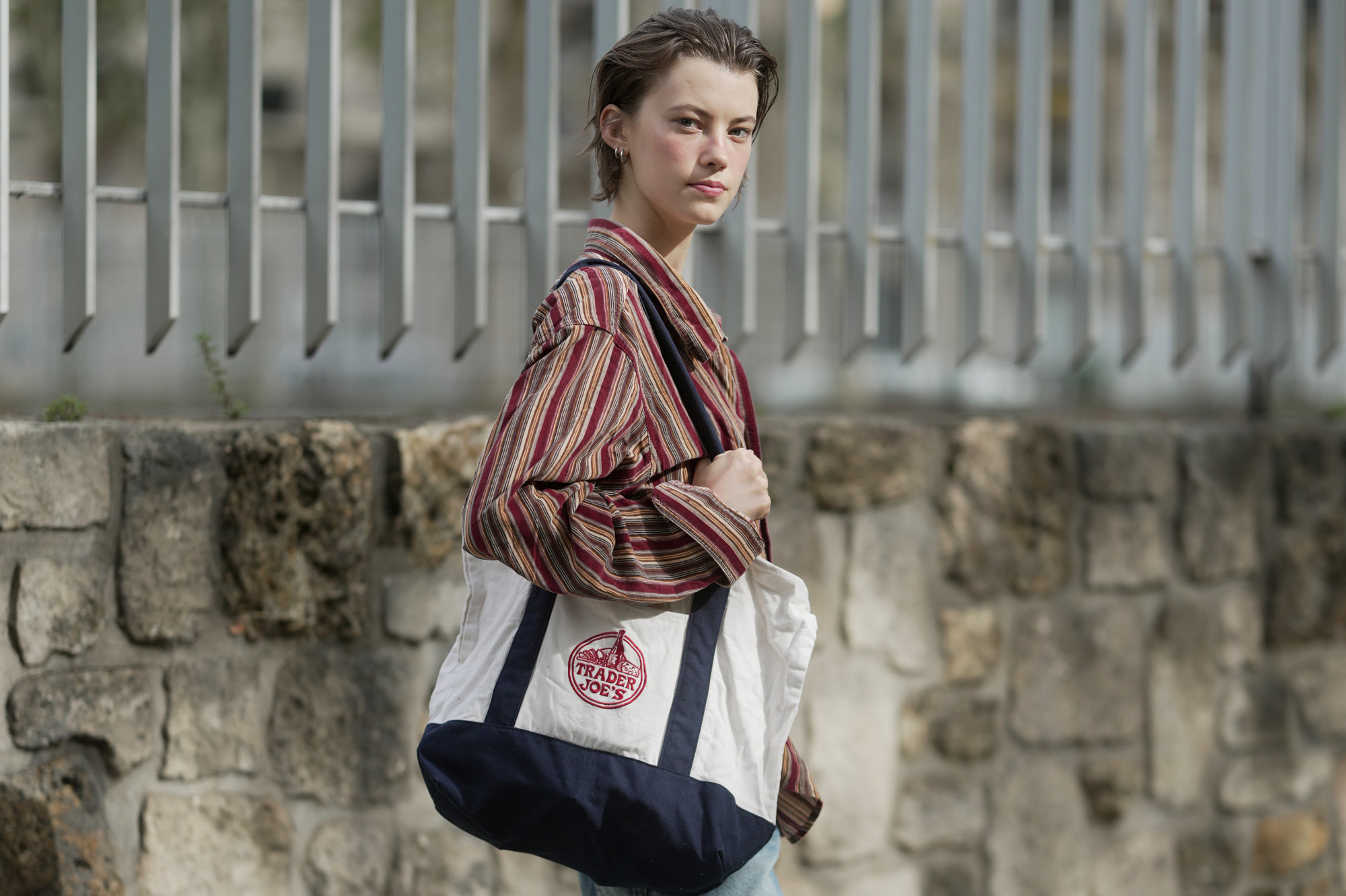
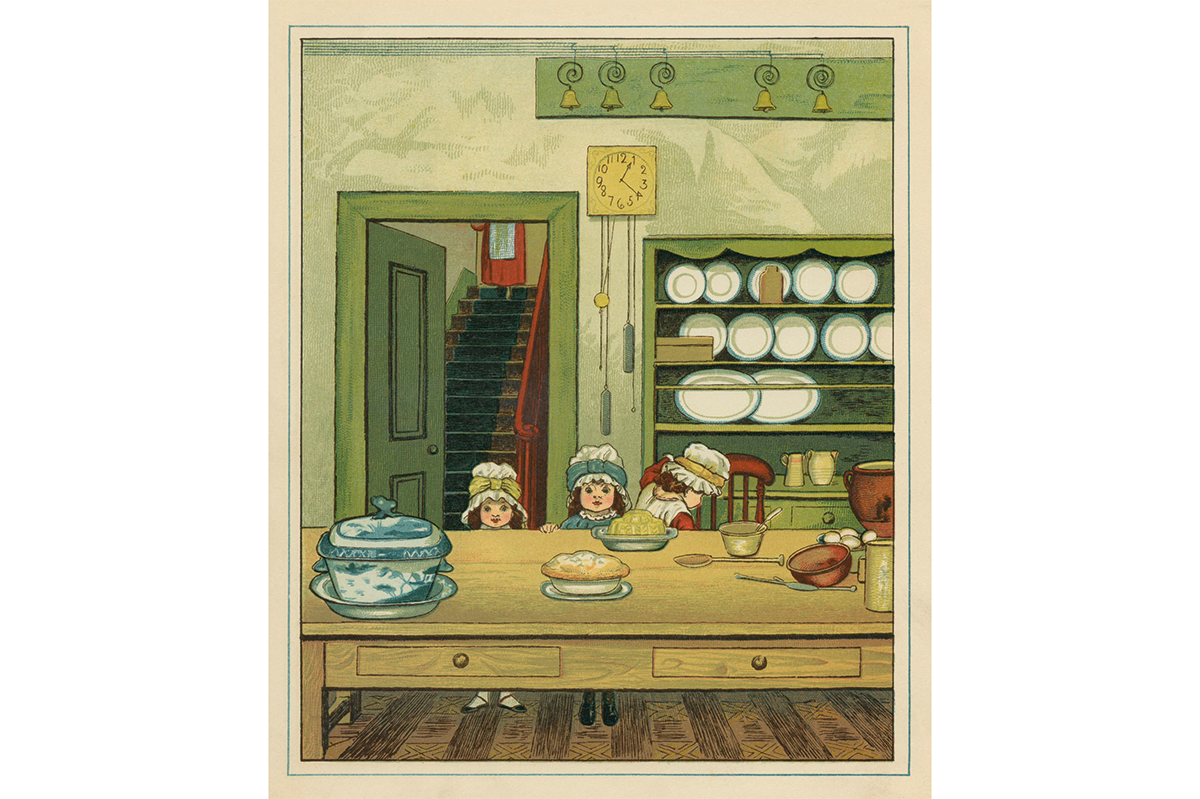

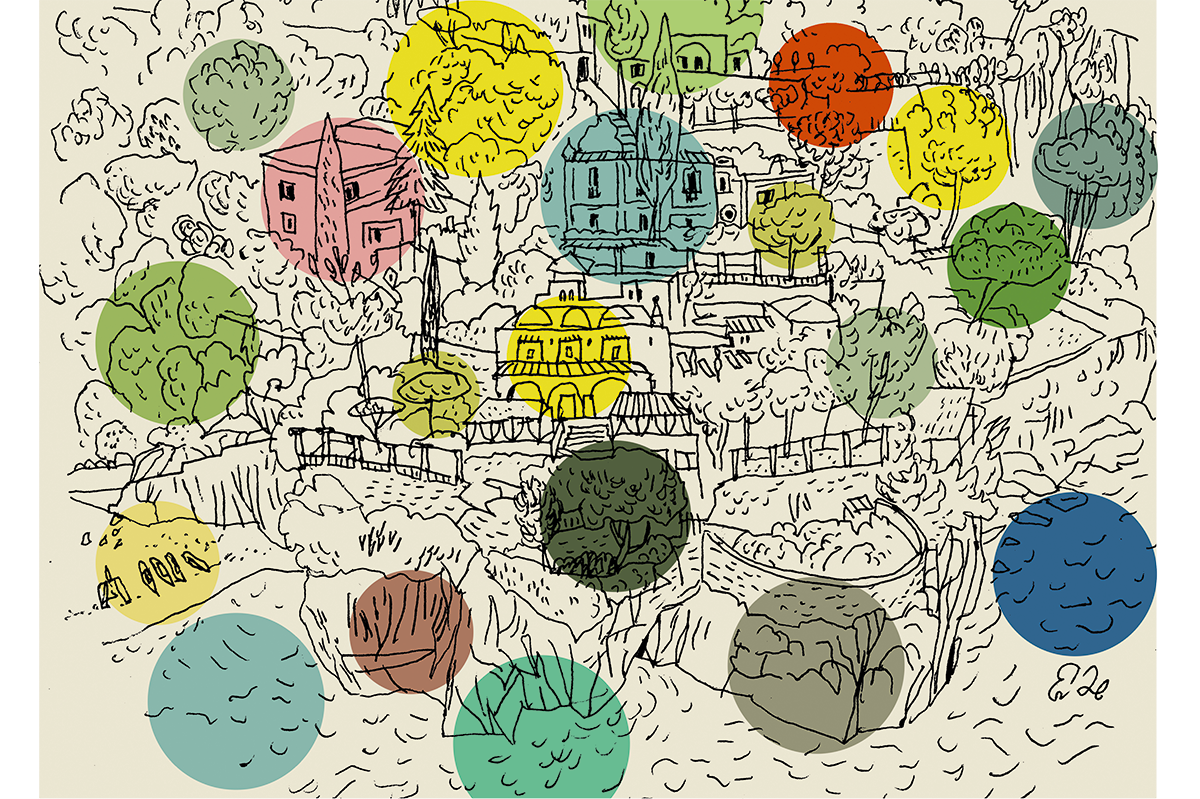

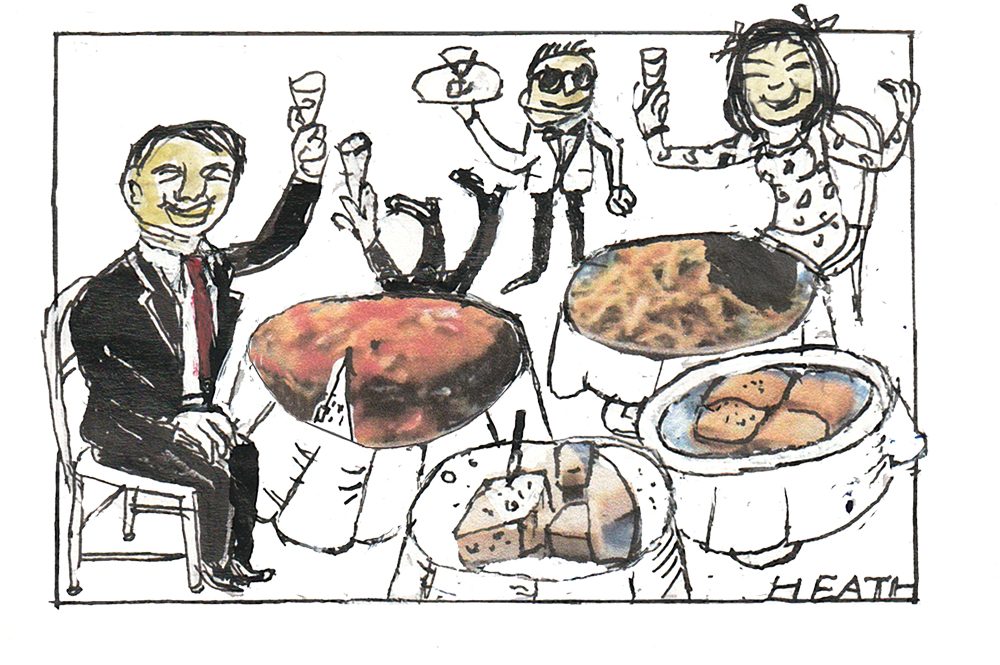




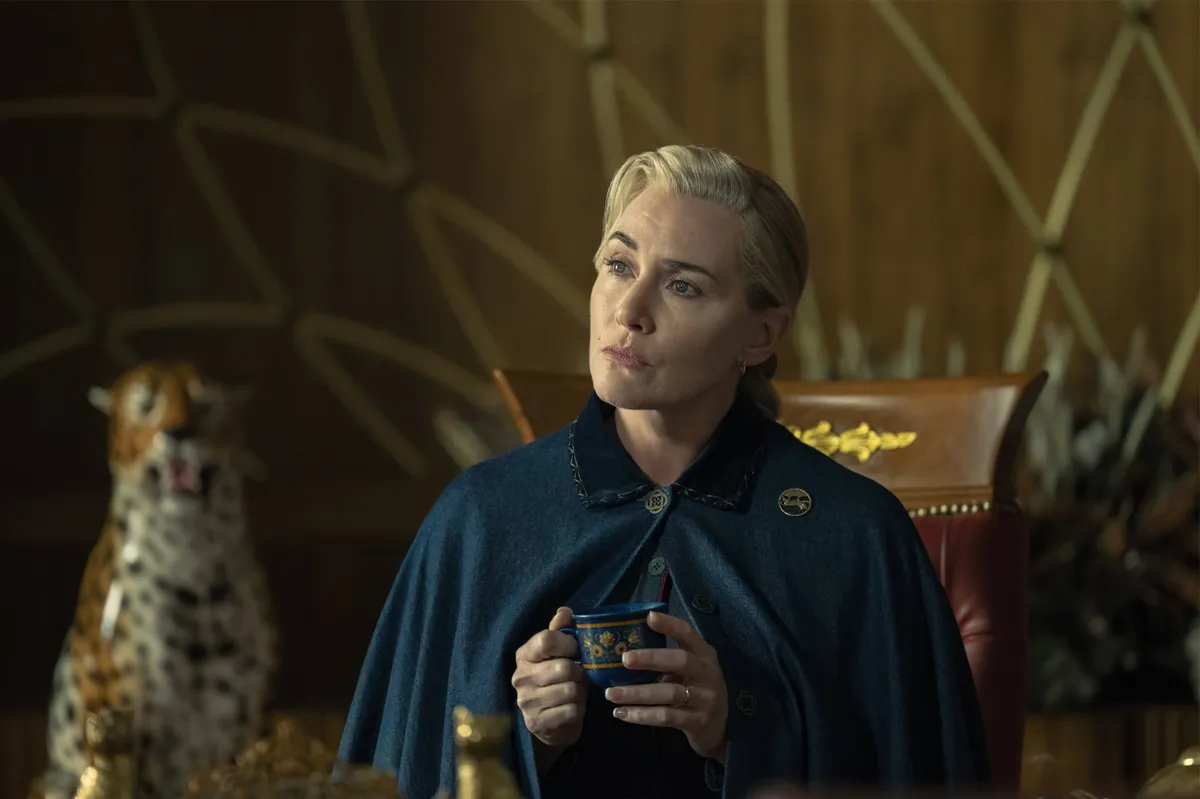


Leave a Reply